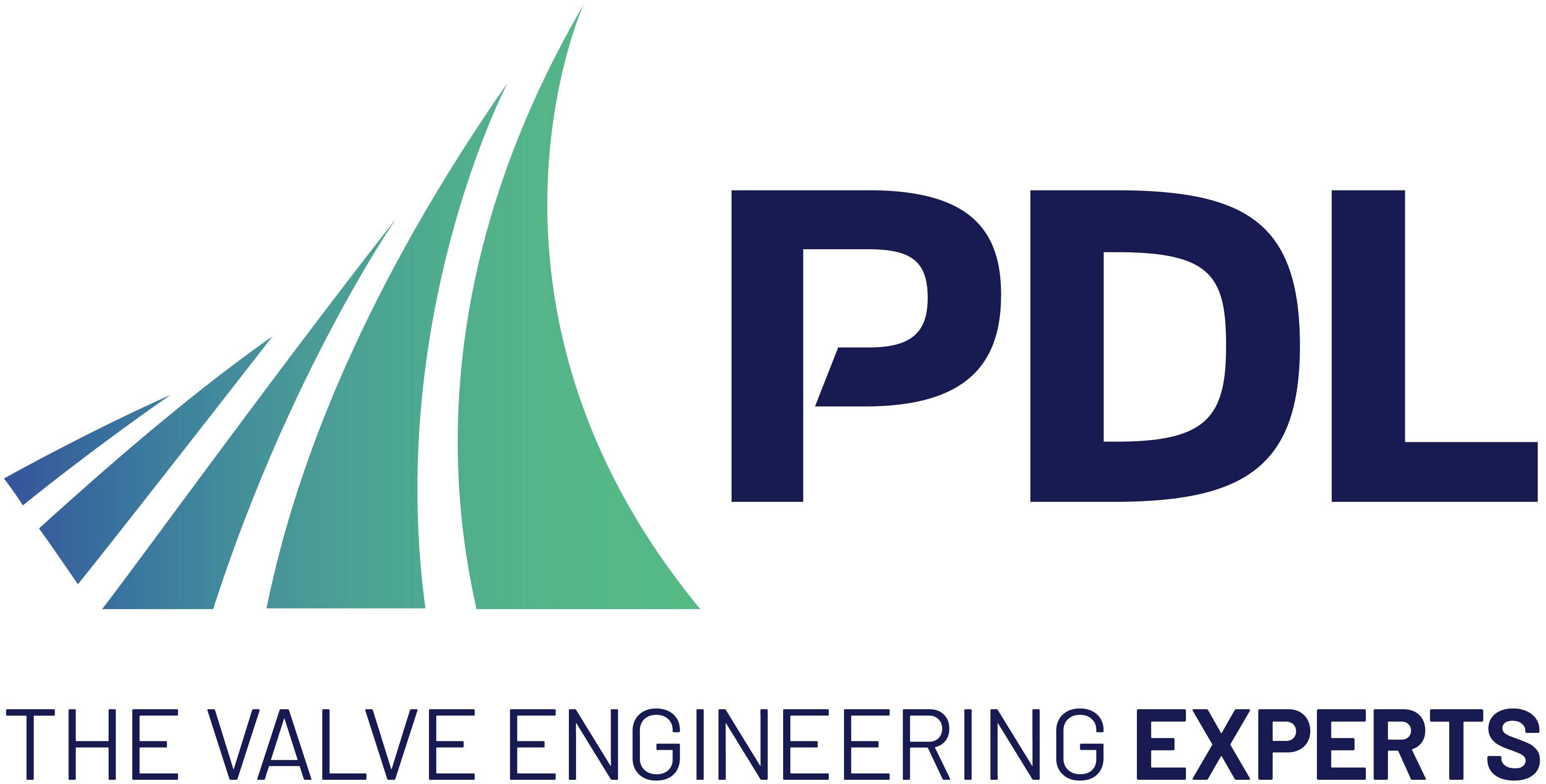CFD/FEA Advanced Modelling of Hyperelastic Materials
To Ensure Reliable Sealing Pressure

Contact pressure analysis for silica rope
PDL Engineering Group has a wealth of expertise and experience in applying advanced engineering software to solve complex technical problems on valve and actuator projects.
The team has applied finite element analysis (FEA) to model the behaviour of complex hyperelastic materials for a range of clients.
Recently, PDL analysts were asked to look at a system that was leaking during early development testing. The system carried gases at high temperature through a series of filters. PDL analysts identified the specific sealing issues around the components and carried out contact pressure analysis to investigate the sealing pressure of different silica rope sizes under various conditions including different temperatures between 20OC and 550OC. The modelling accurately predicted the contact pressures for the silica rope at specific diameters and the maximum space needed to seal the gap at various ambient temperatures whilst the system was warming up.
For a pipeline isolation tool client, the team applied FEA for structural assessment of the tool and pipe alongside detailed modelling of the hyperelastic seal compression to ensure safe and efficient maintenance and repairs for an offshore platform. The advanced analysis results correlated with the final physical testing conclusions and the design verification was further supported by the team’s thorough hand calculations.
To support a client designing a component for an oil drilling rig, the analysis team applied FEA on the upper and lower drill string rubber seals. The seals were efficiently modelled using nominal axisymmetric geometry under applied sealing energizing pressure and external mud pressure, and the team were able to simulate the seal response through both pressure steps and determine the sealing performance at a factored design pressure to understand the stability of the design during various external mud pressures.
The advanced modelling of complex hyperelastic materials significantly reduced the time and costs compared to only relying on physical testing and also provided a deeper understanding of sealing behaviour, which significantly reduced risk and gave the clients confidence before physical test validation.
To find out more about PDL’s proven track record with clients who rely on them to understand, validate and optimise their valves and actuators visit the PDL website https://pdl-group.com or connect on LinkedIn https://www.linkedin.com/company/pdl-solutions-europe-ltd.
Telephone: + 44 (0) 1 434 609 473
Email: solutions@pdl-group.com
Website: www.pdl-group.com

| Telephone: | 00 44 1434 609473 |
| Email: | solutions@pdl-group.com |
| Website: | www.pdl-group.com |
| More information on the PDL Solutions (Europe) Ltd BVAA Member Directory Page |
Search related valve / actuator articles: PDL Solutions (Europe) LtdIssue 92CFD & FEA












